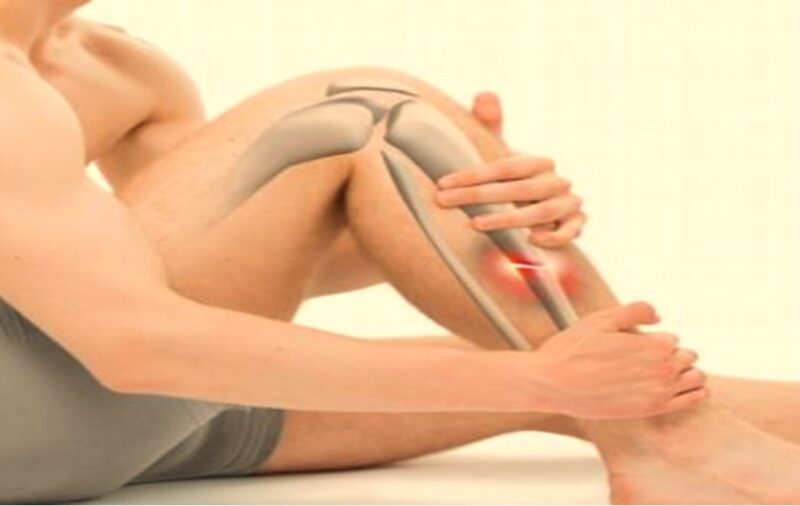What are fractures?
A fracture is the medical term which is used for a broken bone.
Fractures are common; the average person has two fractures during a lifetime. They occur when the physical force applied on the bone is stronger than the bone itself.
Risk of fracture also depends on your age. Broken bones are very common in childhood, although fractures in children are generally less complicated than fractures in adults. With the increasing age, your bones become more brittle and you are more likely to suffer fractures from falls that would not occur when you were young.
There are many kinds of fractures, but the main categories are displaced, non-displaced, closed, and open. Displaced and non-displaced fractures means the alignment of the fractured bone.
In the case of displaced fracture, the bone snaps into two or more parts and moves so that the two ends are not lined up straight. In comminuted fractures, bone breaks in many pieces. In the case of non-displaced fracture, the bone either part or all the way through but does not move and maintains its proper alignment.
A bone fracture is a condition when the bone breaks but there is no puncture or open wound in the skin. An open fracture is the one in which the bone breaks through the skin; it may then recede back into the wound and not visible through the skin. This is a significant difference from a closed fracture because with an open fracture there is a risk of a deep bone infection. The surgeons use orthopedic implants and instruments to treat fractures.
Due to the unique properties of their bones, there are some defined fracture subtypes that present only in children. For instance:
- Greenstick fracture – In this fracture, the bone is bent, but not broken all the way through.
- Buckle fracture – It results from compression of two bones driven into each other.
- Growth plate fracture – It occurs at the joint that can result in shorter bone length.
These subtypes of fractures can be present in children and adults:
- Comminuted fracture – It occurs when the bone breaks into several pieces.
- Transverse fracture – It occurs when the fracture line is perpendicular to the shaft (long part) of the bone.
- Oblique fracture – It occurs when the break is on an angle through the bone.
- Pathologic fracture- It is caused by a disease that weakens the bone.
- Stress fracture – It is a hairline crack.
The severity of a fracture depends upon the location and fracture subtype. Severe fractures can have dangerous complications if not treated promptly; possible complications include infection to the bone (osteomyelitis) or surrounding tissue or damage to the blood vessels or nerves. Recuperation time varies depending on the health and age of the patient and the fracture type. For example, a minor fracture in a child may heal within a few weeks and a serious fracture in an older person may take months to heal.





